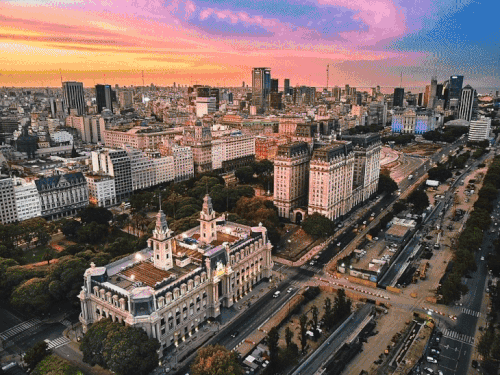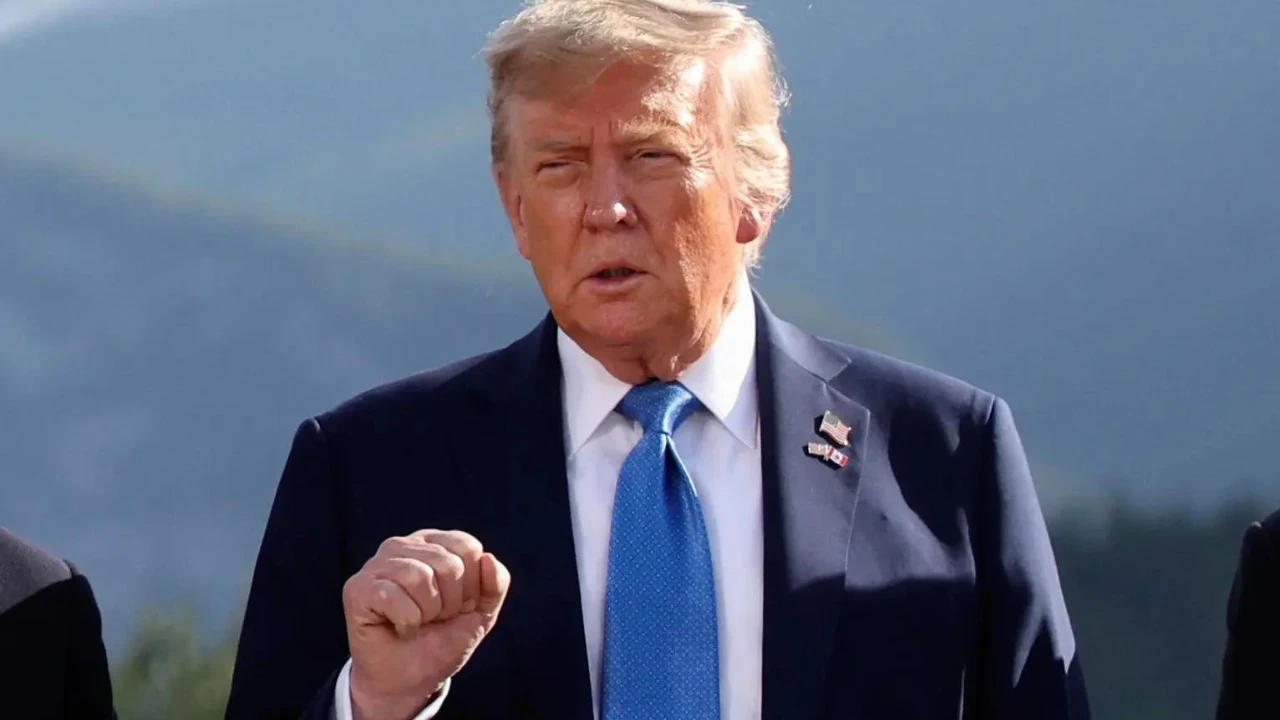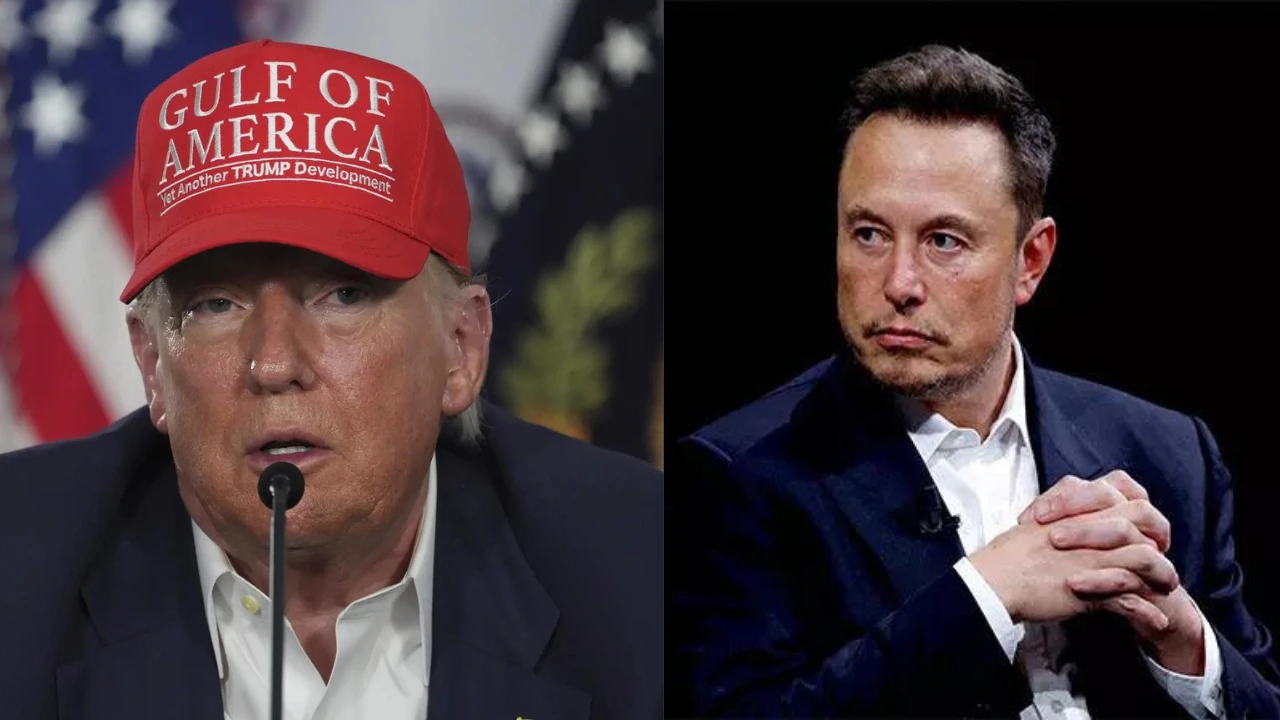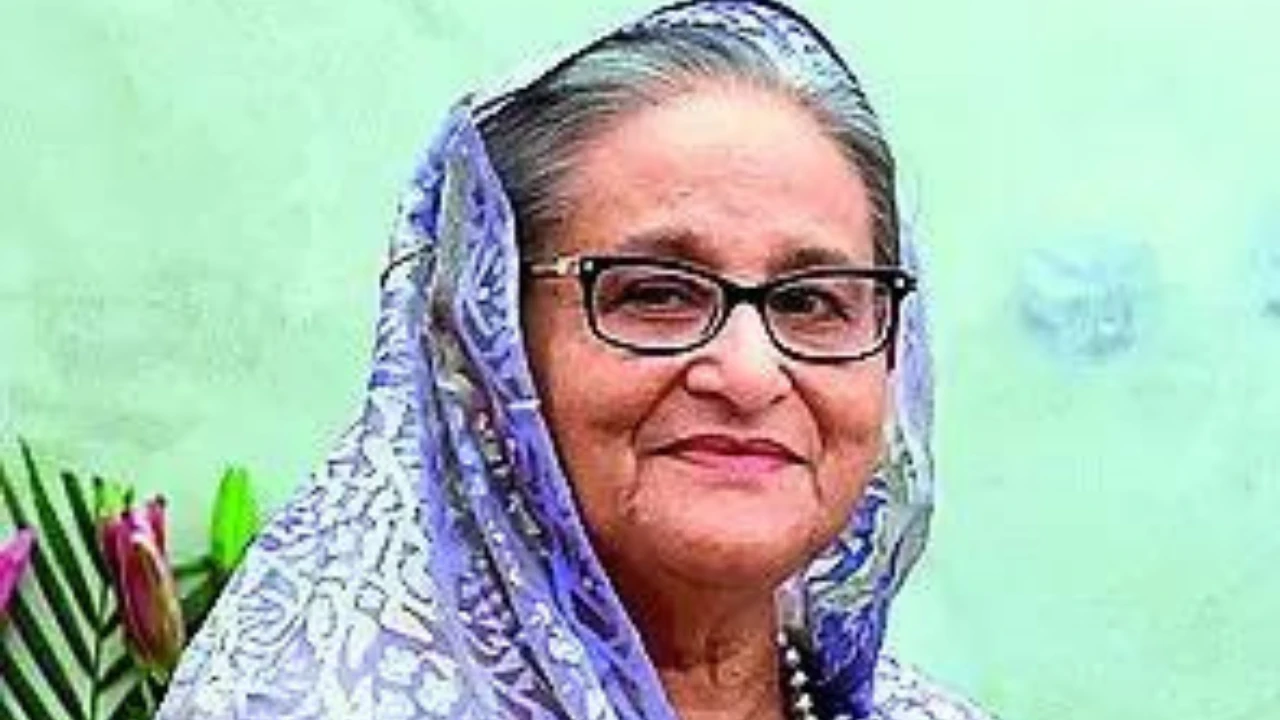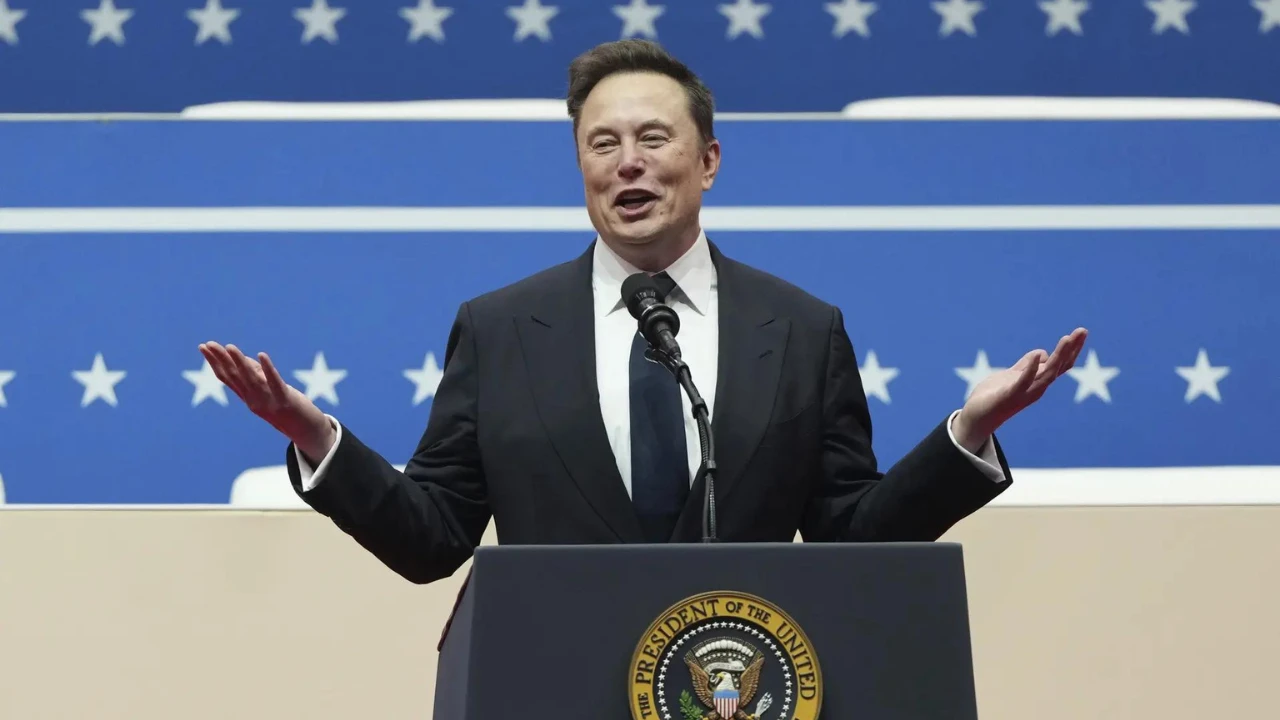There are only four types of economies in the world, developed, underdeveloped, Japan and Argentina. Simon Kuznets, a Nobel Prize-winning economist in the 70s, jokingly said this, but it became a famous phrase to describe the situation in Argentina. Despite facing two nuclear attacks, Japan became the richest country in the world, while Argentina, which was in the race to become a superpower with the United States 100 years ago, began to lag behind. In the 20th century, Argentina suffered so many downfalls that it is very difficult to find another example of it in history. In the last 100 years, this country has become bankrupt seven times. There have been 6 rebellions here. This country is rich in natural resources and is located at the most important geographical location in the world. However, unstable economic policies have landed him in trouble. Politics, corruption and football have played a major role in this. Prime Minister Narendra Modi is here on a two-day visit. Know the story of this country further in the story... Argentina's vast fertile plain is called Pampas, which became the world's food reserve by selling food grains to Europe. It is one of the most fertile grounds in the world. When European countries were trapped in World War I, farming and business came to a standstill. Argentina took advantage of this situation in Europe. Wheat, meat and wool were being sent to Europe in large quantities from Argentina. Argentina became known as the 'grain reserves of the world'. When money came to Argentina, European companies came there. He invested a lot in building railway lines, roads and ports. Cities such as Buenos Aires, Rosario, and Cordoba began to compete with European cities. Millions of immigrants from Europe came to Argentina during this period. Seeing Argentina's progress, many experts started claiming that this country would become the next superpower along with america. According to the research of historians such as Angus Madison, argentina's GDP in 1925 was almost the same as that of European countries like Canada, Britain, Spain, Italy. Argentina became one of the richest countries in the world. But soon the situation was going to change. In 1929, there was a 'Great Depression' in America. This Great Depression shook the world economy. Europe and america had less money and so the demand declined. Argentina started getting fewer orders. Argentina's agricultural exports dropped abruptly as global trade came to a standstill. Farmers' incomes fell, unemployment increased. Those who were used to living a good life were angry with the government. Army Chief General Jose Felix Uriburu took advantage of this. They arrested President Hipolito Yrigoyen and captured the presidential palace. Not a single drop of blood was shed in this rebellion. However, General Uriburu was also unable to improve the situation in Argentina. In 1931, the General announced elections. In 1932, a new government was formed in Argentina. However, the series of revolts that began continued. Between 1930 and 1980, Argentina witnessed six military coups and frequent changes of government. This volatility eroded investor confidence, damaged industry and agriculture and stalled growth. Argentina separated itself from the world Argentina was under military occupation after a military coup in 1943. The military government appointed Adelmiro Ferrell as president in 1944, although the actual power rested with General Juan Perron. In order to save Argentina from recession, Perron separated the country from the world. He imposed restrictions on foreign trade and high taxes to promote local industries. This led to early benefits. Argentina's economy boomed and the living standards of the people improved. In the next few years, inflation and financial crises began to rise due to declining imports and inflows of foreign capital. As the financial crisis intensified, an anti-Peron environment prevailed in the country. To counter this, he imposed restrictions on the press. Not only that, Perron also became a victim of church hostility. Perron enacted some laws to reduce the power of the church and the church also began to openly criticize Perron. This became a major issue in Catholic Argentina. Initially, the army was with Perron, but as discontent spread in the country, the army distanced itself. In 1955, the army once again revolted in the country. After Perron's departure, a period of instability began in Argentinian politics. Over the next two decades, there were many revolts and attempts on democracy. In the 1970s, governments increased spending on social programs, increased wages, and paid off debts, but incomes did not increase. To meet the expenses, governments started printing large quantities of notes from the central bank. The result of continuous printing of notes was high inflation in 1989, when inflation exceeded 3000%. The prices of goods in the shops started changing every day. People used to go to buy bread with bags full of notes. Trust in the Argentinian currency peso was completely lost. In 1991, Argentina's President Carlos Menem decided to link the peso to the US dollar. The government decided that the value of 1 peso would be equal to 1 US dollar. Keeping the value of the peso at par with the dollar, the Argentine currency became very strong. The disadvantage of the strong currency was that Argentinian goods became expensive in the world, due to which exports began to decline. At the same time, items imported from other countries became cheaper in Argentina. The disadvantage of this was that Argentinians started buying foreign goods in large numbers. This brought local factories and industries to a standstill. Unemployment reached its peak. When the dollar started running out in the country and the economy collapsed, the government could not handle it. In 2001, the value of pesos suddenly dropped sharply. Banks were looted and the country failed to repay its debts and went bankrupt. From Juan Perron to later leaders, Argentine leaders have used football as an instrument of national pride and to divert public attention. For example, before the 1978 World Cup, the country was suffering from authoritarianism, human rights violations and economic crisis, but the government used the World Cup as propaganda. Argentina won the final and the people were very happy, even though the military atrocities continued in the country. For the 1978 World Cup, Argentina spent about $700 million (Rs. 6000 crore) on stadiums and infrastructure in today's context, while the country was already in debt and inflation also increased. Governments invested heavily in football to please the masses, but did not invest in the necessary reforms or industries. As a result, football gave political popularity to Argentina's leaders, but the country lagged behind economically. The public also got lost in the spirit of the game and lost focus on real problems like corruption and unemployment. Argentina's football craze became a powerful distraction for the leaders. Governments continued to spend too much in the name of sports to keep the public happy and postponed important economic decisions, due to which Argentina could not come out of the economic crisis for a long time.
0 thoughts on “Modi in Argentina: This country was a cocktail of football-corruption-politics: 100 years ago it used to compete with America, in the next 100 years, it went bankrupt 7 times in the next 100 years”
Leave a Reply
Your email address will not be published. Required fields are marked *
RECENT NEWS
- Airspace incursion near Trump's golf course: Plane violates restriction; escorted out by F-16
- ‘America Party’ launched: Musk hints at election plans; Can he run for president in 2028?
- Elon Musk announces third party to fight Donald Trump
- 'How Epaminondas beat Spartans': Elon Musk cites Greek history; launches 'America Party' to fight 'uniparty system'
- Those convicted by ICT ineligible to participate in polls: Bangladesh AG



